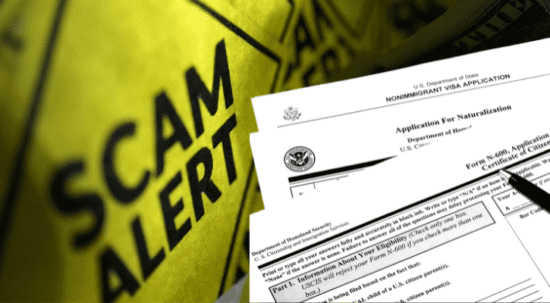Have you ever wondered how to start a nonprofit – a program or a small organization to help your community? Here are some steps you can take to identify a problem in your community, find a solution, and bring your idea to life. Nonprofits are also called “charities.”
Refugees and immigrants have specific needs that you may want to address. But before you learn how to start a nonprofit and help them, check carefully to see what other services are available. Sometimes the nonprofit organization that can help already exists!
1. Find the need in the community
The starting point of solving any problem is being aware of the problem. As you think about how to start a nonprofit, what are the issues or needs you see in your community? Do you see students dropping out of school or failing classes? You may see that there is a need to help adult newcomers find jobs. You can start thinking about the solution once you find the problem and figure out how you can help.
2. Choose and register a name
Once you decide to organize your nonprofit, you should come up with a name that describes it. You could choose a name that describes what the nonprofit does or who it serves. Some nonprofits use just one word that represents a concept. Check that the name has not been used before.
Most states require you to contact the Secretary of State’s office to register your nonprofit’s name. You will usually need to pay a small fee and file a document called the ‘articles of incorporation.’
3. Apply for an IRS tax exemption
A nonprofit uses its money to support its work, not to pay profits to people. Nonprofits can apply to not pay taxes on their income. You must show that your organization has a charitable purpose. The Internal Revenue Service will review your forms, and if you qualify, you will receive 501(c)(3) status.
4. Write a business plan
You will need a business plan, even though you are not starting a business! This is an important step in how to start a nonprofit. Without a business plan, you do not have a clear sense of the steps you need to take, the money you need to raise, and how you will achieve your goals. Learn how to write a business plan.
5. Incorporate your nonprofit
Once you file your articles of incorporation, your nonprofit becomes an incorporated organization. This will give your board structure more credibility to your programs and services. Filings and fees will vary by state. Incorporation registers your nonprofit, but it does not make it 501(c)(3) exempt.
6. Build your board
A board is a group of people that make decisions about the organization. They are usually not paid for this work. They help decide what projects the organization is working on. They also help raise funds and tell other people about the organization. Having people on the board of different ages, races, and professions brings new ideas.
7. Develop a budget
How much money do you need to start your nonprofit? Decide if you want to rent an office and if you want to hire other people to help you. Take the time to list out the equipment you need. Think about supplies and transportation. There may be things you can borrow, bargain for, or get donated from the community.
8. Reach out to your community for support
Whenever you set a community goal, you will need support. Connect with your community to find the right people and other organizations to support your idea. List out key people and organizations, and tell them about your plans. Libraries, non-profit organizations, and resettlement centers are all great places to contact. For example, if your idea is to have young people play basketball after school, you could partner with a community center and with some coaches.
USAHello의 더 많은 정보
자세한 정보를 찾고 계신가요?
USAHello는 정기적으로 업데이트되는 정보를 알기 쉽게 제공하는 것을 목표로 합니다. 이 정보는 법률 자문이 아닙니다.





